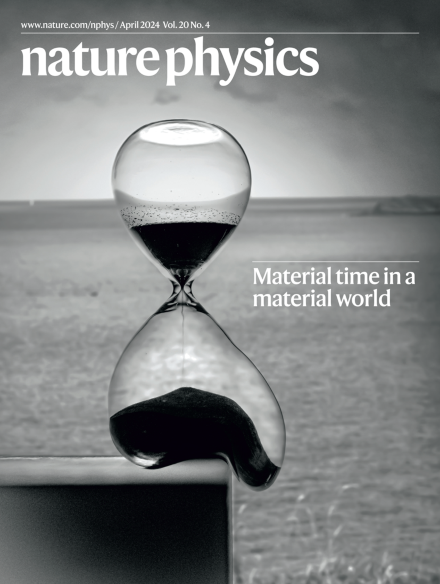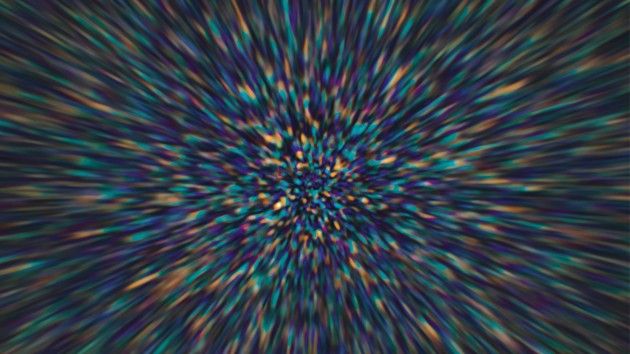
April issue
This month we discover how light scattering can measure material time, review the prospects for drug design on quantum computers, and examine the links between flat bands and strange metals.

This month we discover how light scattering can measure material time, review the prospects for drug design on quantum computers, and examine the links between flat bands and strange metals.


Ultrafast light pulses, if they are sufficiently intense, can induce phase transitions on ultrafast timescales. It is now shown that when a system is first excited by a weak preparatory pulse, this generates local changes in structure that transiently lower the energy barrier to the phase transition, enabling high-speed and energy-efficient transitions.
